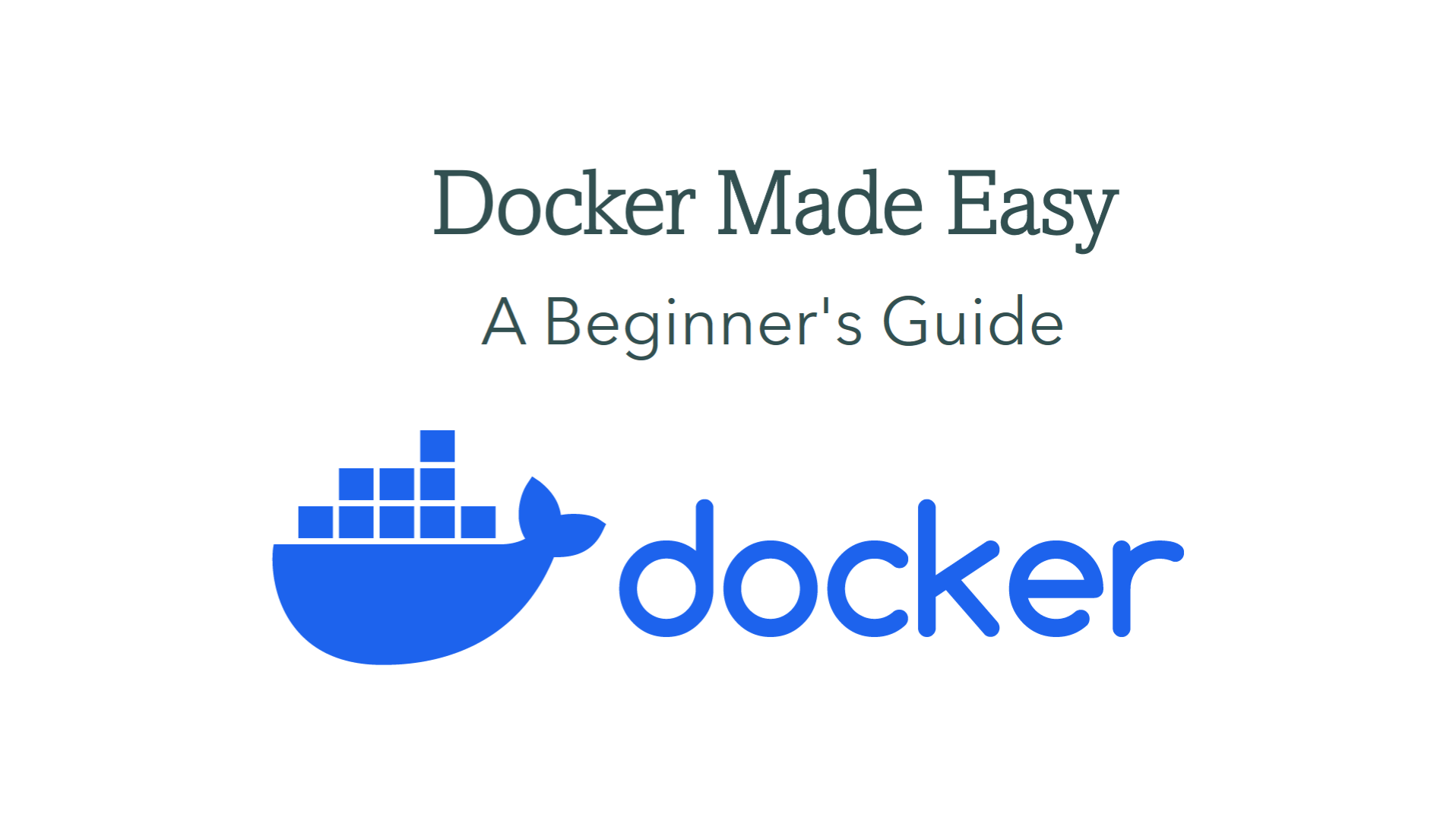
Docker provides the ability to package and run an application in a loosely isolated environment called a container. The isolation and security allows you to run many containers simultaneously on a given host. Containers are lightweight and contain everything needed to run the application, so you do not need to rely on what is currently installed on the host. You can easily share containers while you work and be sure that everyone you share with gets the same container that works in the same way.
INSTALLATION:
Docker Desktop is available for Mac, Linux and Windows https://docs.docker.com/desktop
View example projects that use Docker
https://github.com/docker/awesome-compose
Check out docs for information on using Docker
IMAGES:
Docker images are a lightweight, standalone, executable package of software that includes everything needed to run an application: code, runtime, system tools, system libraries and settings.
Let’s understand some commands related to Docker Images
- Build an Image from a Dockerfile:
docker build -t <image_name>- Build an Image from a Dockerfile without the cache:
docker build -t <image_name> . –no-cache- List local images:
docker images- Delete an Image:
docker rmi <image_name>- Remove all unused images:
docker image pruneDOCKER HUB:
Docker Hub is a service provided by Docker for finding and sharing container images with your team. Learn more and find images at https://hub.docker.com
- Login into Docker hub account:
docker login -u <username>- Publish an image to Docker Hub:
docker push <username>/<image_name> - Search Hub for an image:
docker search <image_name>- Pull an image from a Docker Hub:
docker pull <image_name>GENERAL COMMANDS:
- Start the docker daemon:
docker -d - Get help with Docker. Can also use –help on all subcommands:
docker --help - Display system-wide information:
docker infoCONTAINERS:
A container is a runtime instance of a docker image. A container will always run the same, regardless of the infrastructure. Containers isolate software from its environment and ensure that it works uniformly despite differences for instance between development and staging. Learn more and findcontainers at What is a Container? | Docker
- Create and run a container from an image, with a custom name:
docker run --name <container_name> <image_name>- Run a container with and publish a container’s port(s) to the host:
docker run -p <host_port>:<container_port> <image_name>- Run a container in the background:
docker run -d <image_name>- Start or stop an existing container:
docker start|stop <container_name> (or ) <container-id>- Remove a stopped container:
docker rm <container_name>- Open a shell inside a running container:
docker exec -it <container_name> sh - Fetch and follow the logs of a container:
docker logs -f <container_name>- To inspect a running container:
docker inspect <container_name> (or) <container-id>- To list currently running containers:
docker ps - List all docker containers (running and stopped):
docker ps --all - View resource usage stats:
docker container statsDocker simplifies the process of packaging and running applications in containers, making it easier to deploy and manage software across different environments.
It’s a powerful tool for developers and operations teams, providing consistency and reproducibility in software deployment.
As you delve deeper into Docker, you’ll discover more advanced features and concepts, but this overview should give you a solid starting point.


